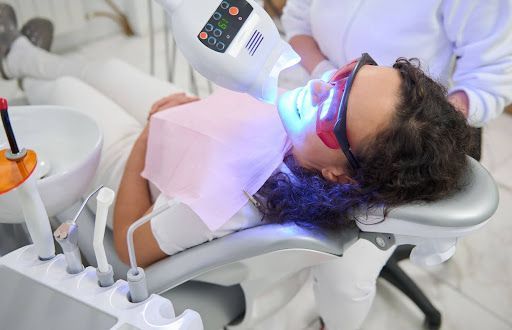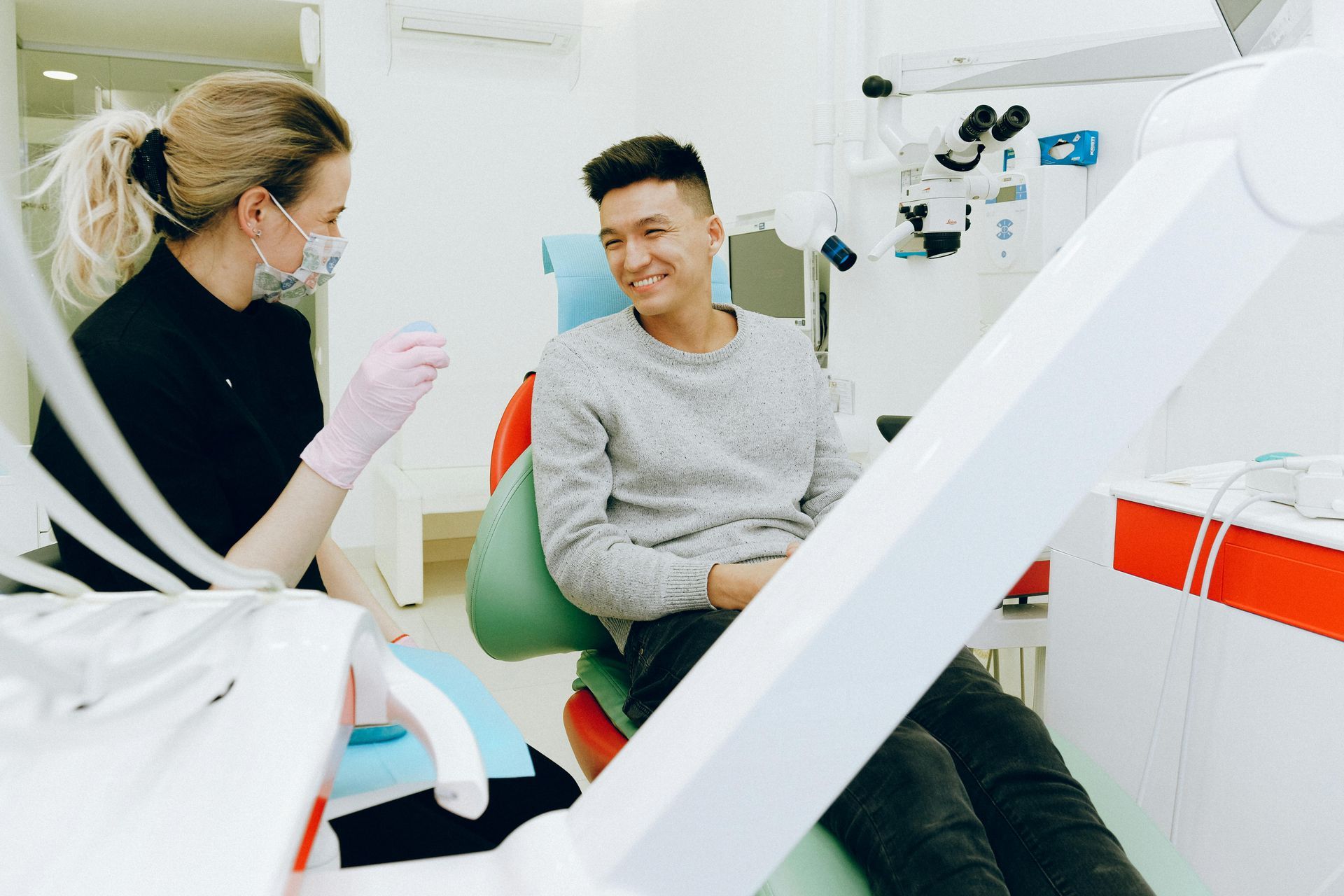From Consultation to a New Smile
Starting orthodontic treatment can be both exciting and overwhelming. For residents in Omaha, Fremont, and Elkhorn, NE, understanding the process can ease worries and set realistic expectations. Let's delve into the essential phases of orthodontic care, from the initial consultation to unveiling your new smile.
The Initial Consultation: A Crucial First Step
Your orthodontic journey begins with a vital initial consultation, designed to evaluate your dental health and explore treatment options. During this appointment, expect a thorough dental examination, which may include X-rays and digital scans. These tools provide the orthodontist with detailed insights into your dental structure.
Discussing treatment goals and options is essential at this stage. This conversation ensures the treatment plan aligns with your personal objectives and preferences. The orthodontist will address any questions or concerns, laying the groundwork for a trusting and informed relationship.
Crafting a Tailored Treatment Plan
Developing a personalized treatment plan is the next step, tailored to your unique dental needs. Orthodontists consider several factors, such as the type of braces or aligners, estimated treatment duration, and potential challenges. This collaborative process incorporates patient preferences and lifestyle considerations to ensure an optimal approach.
Adapting to Braces or Aligners
Once the treatment plan is set, the fitting of braces or aligners follows. Initially, patients may experience discomfort as they adjust to the new appliances. Common issues like soreness or difficulty eating can often be managed with over-the-counter pain relief and dietary modifications.
Maintaining oral hygiene is crucial during treatment. Proper brushing and flossing prevent cavities and contribute to a successful outcome. Regular orthodontic appointments for adjustments and progress checks are also vital, allowing the orthodontist to monitor treatment and make necessary modifications.
Regular Monitoring and Adjustments
Regular check-ups are an integral part of orthodontic care. These visits allow the orthodontist to assess progress and make adjustments, such as tightening braces or switching aligner trays. Patient feedback during these appointments is invaluable, ensuring any discomfort or issues are promptly addressed.
Approaching the Final Stages
As treatment nears completion, the focus shifts to the final stages, including removing braces or fitting the last aligner. This milestone is not just about achieving a new smile but also involves emotional and psychological aspects. While celebrating the achievement is important, so is adhering to post-treatment instructions, like wearing retainers to maintain results.
The Importance of Patient Participation
Active patient involvement is crucial throughout the orthodontic process. Adhering to treatment guidelines, attending scheduled appointments, and maintaining open communication with the orthodontic team all contribute to successful outcomes. Lifestyle choices, including diet and oral hygiene habits, significantly impact the effectiveness of treatment.
Setting and Managing Expectations
Managing expectations is a vital part of orthodontic care. Misconceptions about treatment timelines and immediate results are common. It's essential to understand that orthodontic treatment requires patience and commitment. A supportive orthodontic team can help manage expectations and provide reassurance. In Omaha, Fremont, and Elkhorn, NE, local cultural attitudes toward orthodontic care may influence patient expectations, highlighting the importance of understanding community-specific factors.
Navigating orthodontic care requires knowledge and active participation. By understanding each phase of the process, patients can approach their treatment with confidence and optimism, ultimately achieving the beautiful smile they've always wanted.












